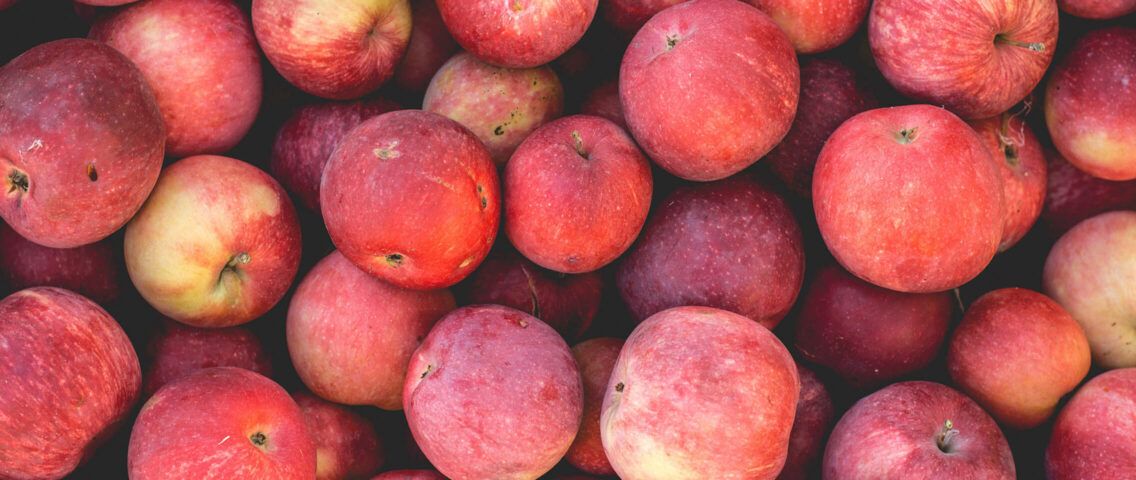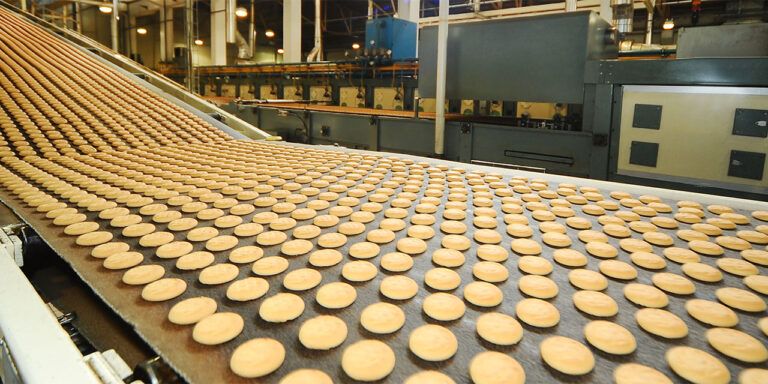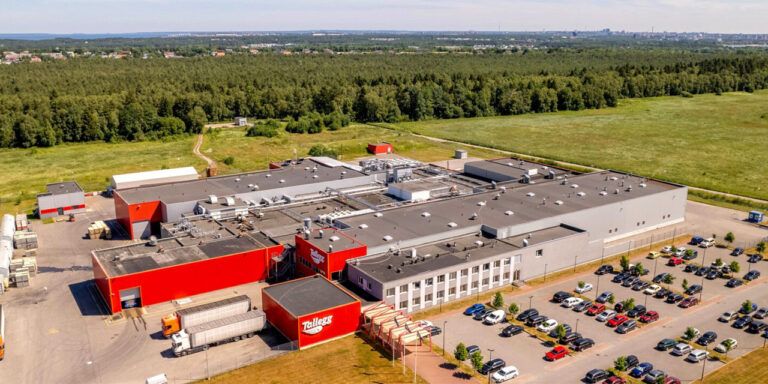How AI can fight the food waste battle
Sep 23, 2021 • 3 min
This piece was originally published in Winsight Grocery Business.
One of the biggest challenges grocery retailers have to tackle is waste. If grocers have more inventory than demand requires, they face markdowns (which narrow already tight margins) or spoilage (which hits their bottom line and negatively impacts sustainability efforts).
When it comes to fresh foods, which do not allow for the same safety stock buffer as ambient products with a longer shelf life, the key to successful waste reduction is a foundation of highly precise forecasts created through the use of AI and machine learning. This allows retailers to improve order accuracy while maximizing sales and minimizing waste. More importantly, this foundation future-proofs your technology strategy as the industry moves further toward an AI-driven future.
An AI-driven inventory management system processes hundreds of demand-influencing factors and draws conclusions that increase forecast accuracy. Machine-learning algorithms improve accuracy over time by defining the relationship between those factors and each SKU’s sales in greater numbers than a human ever could. For best results, the system ideally will have adequate historical data at setup: the better the data, the better the results delivered by the algorithm, and the greater the opportunity to reduce spoilage.
Broadly speaking, a machine learning framework must consider three main categories of demand-influencing factors to accurately calculate forecasts:
- Known variability
- Planned variability
- Unknown variability
Demand factors with a known variability component include events, trends, and weather. Planners can anticipate the occurrence of these factors but not necessarily their impact on demand forecasts. Using a regression-based approach, a system uses data from similar occurrences or events in the past to improve forecast accuracy for the upcoming event. This forecast accuracy, in turn, reduces waste by avoiding overstock when demand in a certain product category is predicted to dip. For example, if the weather is predicted to be rainy for a week during the summer, the system automatically decreases the forecast for fresh foods used at outdoor barbecues to align with an expected decrease in sales for that week.
The system also uses AI to account for demand factors with a planned variability component, such as promotions and pricing changes, that are initiated by the retailer. For example, the system will know when a retailer is lowering the price on berries for a few weeks. The system uses all past instances of berry price reductions to automatically adjust the forecast and improve its predictions going forward. The system also accounts for cannibalization, thereby reducing waste or spoilage not only for promoted items, but also for other items in the same category that may see sales decline as a result of the promotion.
Finally, AI accounts for demand factors with an unknown variability component. The coronavirus crisis is an obvious example of an unpredictable event that caused significant forecasting issues. However, less dramatic factors that are not recorded in the master data— such as local display changes or disruptive construction near a store—also impact forecasts and order accuracy, leading to waste and spoilage.
Factors with unknown variability often have no prior reference events to predict their impact. However, AI can take advantage of “change point detection” to make accurate predictions that are incorporated into forecasts. The system identifies instances where the probability distribution changes, reassess and adjust the forecasts accordingly. Applying change point detection to sales data enables the system to model step changes in demand, even when explanatory variables are missing—an issue that retailers have long been working to overcome.
Beyond improved ordering, AI-based forecasts also positively impact the complete supply chain. By using machine learning to improve safety stock levels, the system can better align overall store inventory with demand and available shelf space. When more inventory is placed on shelves, less inventory is hidden in the back room, where it loses freshness, leading to spoilage.
Additionally, AI allows for better alignment between store ordering and delivery cycles, boosting waste reduction initiatives. With an accurate view of demand fluctuations, the system adjusts order sizes to better match delivery days. This reduces shelf breaches and improves delivery flows to account for both high-demand and low-demand days, rather than relying on average daily demand. For example, if forecasts indicate that the number of ultra-fresh product deliveries should be increased, the number of items per delivery should be decreased to better meet demand and reduce spoilage.
When grocery retailers reduce waste and spoilage, everyone wins: customers find the items they need, when they need them, at the highest quality possible; sustainability efforts are improved across the board; and margins—and profits—can be protected. By relying on AI and machine learning to create highly accurate forecasts, retailers can find success in their efforts at levels they had only dreamed of just a few short years ago.



